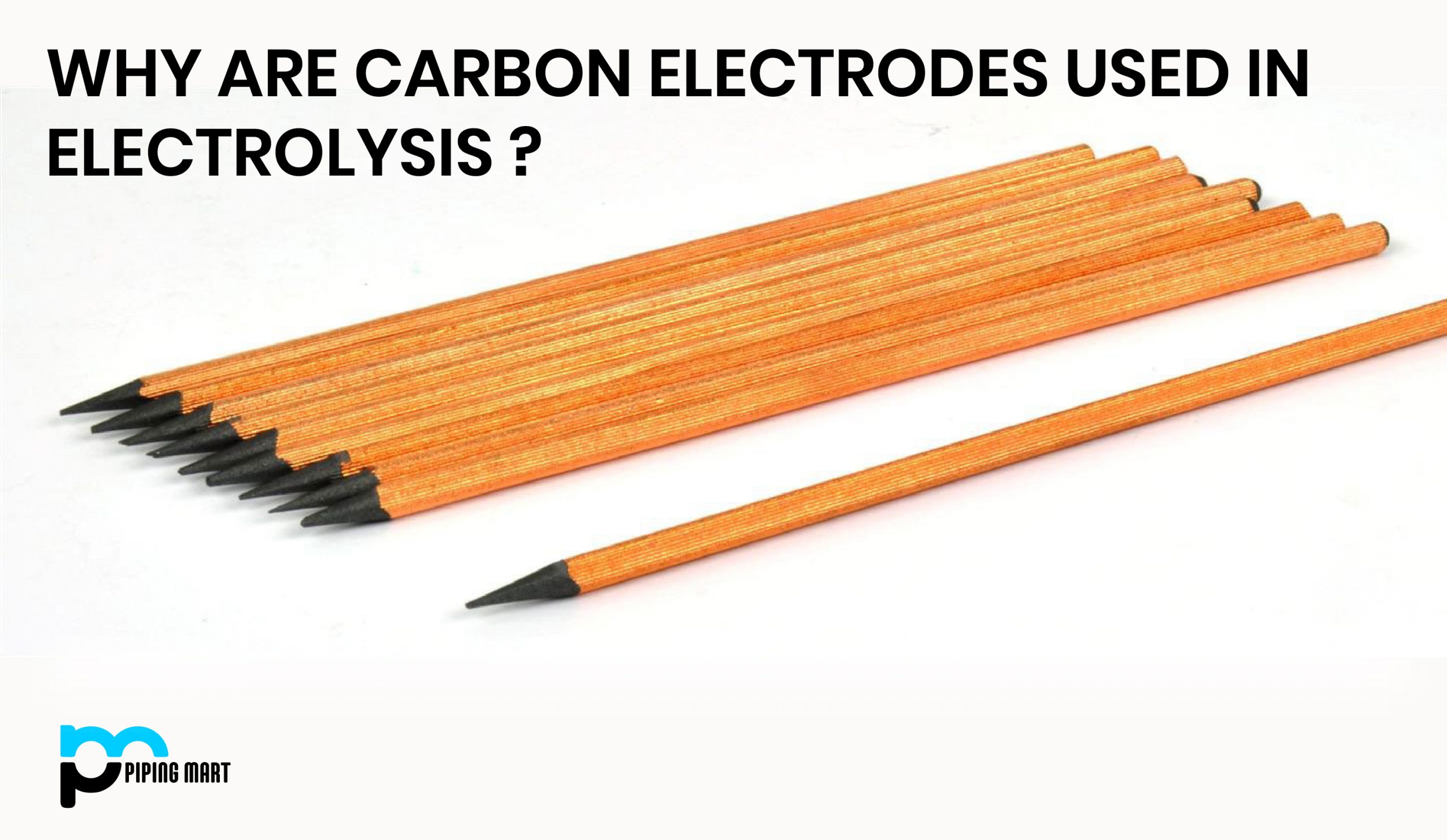Friction stir welding (FSW) is used to join two pieces of metal by using friction and pressure. This type of welding requires no filler material, which makes it more economical than other types of welding. As a result, FSW has become an increasingly popular welding technique for many industries. Let’s take a look at the different types of friction stir welding techniques.
Rotational-Tangential Motion Method
This method is also known as the standard FSW technique because this is the most common type of FSW used today. In this type of FSW, the tool moves in both a rotational and tangential motion. The rotating motion combines with a linear movement to create friction between the workpieces, while the tangential motion creates pressure that causes the workpieces to be joined together. This method produces good welded joints and can be used on materials such as aluminium, magnesium, titanium, copper, and steel.
Linear Motion Technique
The Linear Motion Technique (LMT) differs from the conventional rotational-tangential motion method because it relies solely on a linear motion for its operation. In LMT, instead of combining rotational and tangential motions like in conventional FSW, only one linear motion is used to generate heat between two workpieces which are then joined together under pressure created by the tool’s shoulder as it moves along the line of fusion or joint line. This method eliminates problems such as uneven heating or over-stirring caused by traditional rotational-tangential methods. It can be used with materials such as aluminum alloys or magnesium alloy plates.
Friction Stir Spot Welding
Friction Stir Spot Welding (FSSW) is similar to conventional FSW but uses smaller tools and shorter cycle times due to its localized nature. Unlike traditional FSW, where long runs are required for complete joint formation, FSSW focuses on small areas called “spot” welds, where small pins are inserted into pre-drilled holes to form these localized welds without having to form full-length runs along large parts or components. This technique can be used on aluminium sheets up to 6 mm thick and is often used in automotive manufacturing for joining thin sheet metals together quickly and efficiently without compromising the quality or integrity of welds produced.
Conclusion:
Whether you need to join aluminum sheets up to 6 mm thick or titanium alloy components up to 20 mm thick, there’s an ideal friction stir welding solution! Depending on your application requirements and desired outcome, one type may be more suitable, so you must research before deciding what kind of friction stir welding process best suits your needs! No matter which type you choose, rest assured that these powerful techniques will enable you to achieve strong joints at high speeds with minimal expense!

Abhishek is a seasoned blogger and industry expert, sharing his insights and knowledge on various topics. With his research, Abhishek offers valuable insights and tips for professionals and enthusiasts. Follow him for expert advice on the latest trends and developments in the metal industry.




